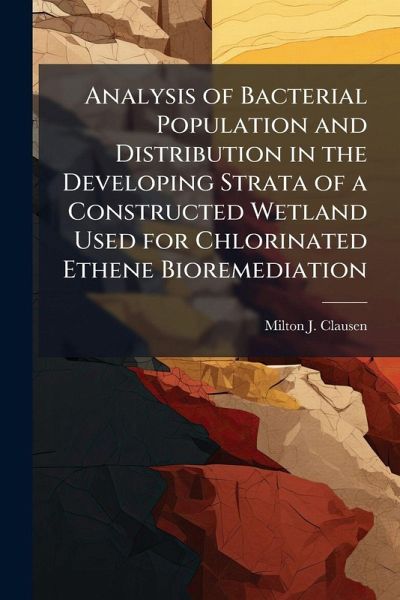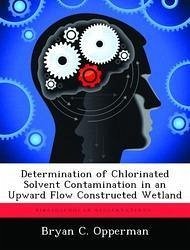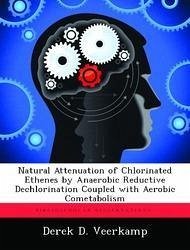
Analysis of Bacterial Population and Distribution in the Developing Strata of a Constructed Wetland Used for Chlorinated Ethene Bioremediation
Versandkostenfrei!
Versandfertig in über 4 Wochen
20,99 €
inkl. MwSt.
Weitere Ausgaben:

PAYBACK Punkte
10 °P sammeln!
Chlorinated hydrocarbons and their degradation products are among of the most common organic groundwater contaminates in the United States. These compounds attack the central nervous system in animals and can affect the photosynthesis of plants. These compounds are also resistant to degradation in the environment and, because of this, pose a risk to any ecosystem in which they are present. This study identified the dominant microbial species in a constructed treatment wetland at Wright-Patterson AFB, Dayton, Ohio using 16S rRNA gene sequence analysis. Samples were taken from three different de...
Chlorinated hydrocarbons and their degradation products are among of the most common organic groundwater contaminates in the United States. These compounds attack the central nervous system in animals and can affect the photosynthesis of plants. These compounds are also resistant to degradation in the environment and, because of this, pose a risk to any ecosystem in which they are present. This study identified the dominant microbial species in a constructed treatment wetland at Wright-Patterson AFB, Dayton, Ohio using 16S rRNA gene sequence analysis. Samples were taken from three different depths and during each of the four seasons. These samples were compared with similar samples taken from an uncontaminated, control site located at Valle Greene wetland in Beavercreek, Ohio. The intent of the study was to measure differences between the microbial community of the treatment wetland and the control wetland. It was hypothesized that the bacteria found to degrade the materials in the lab would be present in the treatment wetland and has a higher population than a wetland free of contaminants. This hypothesis would help support the idea that the natural attenuation of chlorinated hydrocarbons is due primarily to biological factors. This work has been selected by scholars as being culturally important, and is part of the knowledge base of civilization as we know it. This work was reproduced from the original artifact, and remains as true to the original work as possible. Therefore, you will see the original copyright references, library stamps (as most of these works have been housed in our most important libraries around the world), and other notations in the work. This work is in the public domain in the United States of America, and possibly other nations. Within the United States, you may freely copy and distribute this work, as no entity (individual or corporate) has a copyright on the body of the work. As a reproduction of a historical artifact, this work may contain missing or blurred pages, poor pictures, errant marks, etc. Scholars believe, and we concur, that this work is important enough to be preserved, reproduced, and made generally available to the public. We appreciate your support of the preservation process, and thank you for being an important part of keeping this knowledge alive and relevant.












